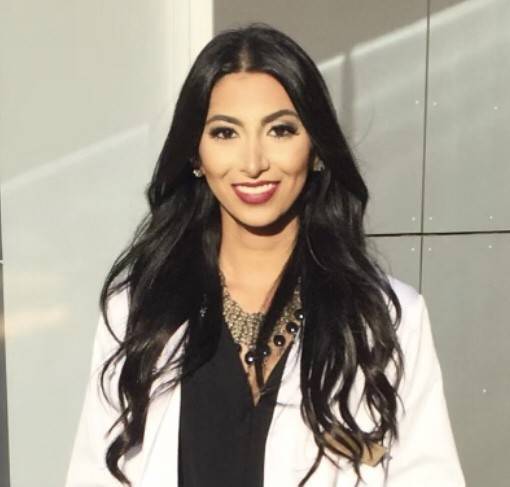Meet Duke, an American Pit Bull Terrier. He is going to help us model each treatment lens we use here at Nashville Vision Therapy. Thanks, Duke!
To start us off, Duke is demonstrating his focusing abilities and anticipating a tracking exercise. He gets a little bored of just focusing and following an eyeball, so he decided to show us some fancy treatment tools our office uses during Vision Therapy.
Here we go…
Why is Duke wearing 4 lenses? Great question! These are called accommodative flippers. These lenses are used to improve the flexibility and strength of a patient’s focusing system. We use these with the Hart (letter) Chart, when reading, and when we use a tool called Aperture Rule. There are minus lenses on one side, and plus lenses on the other. The word “flipper” comes in handy because you flip the lenses back and forth while doing certain exercises to improve the focusing system.
Harry Potter is that you? No, it’s just Duke wearing prisms! I could go on and on about prisms. We use them all the time, kids think they are so fun!
“Prisms create total “eye-mind-body” changes and improved perception of depth and space. Prism produces changes in orientation with corresponding shifts in both eye movement and pelvic positions. They are a valuable tool in breaking down patterns that have developed over time that enable the patient to cope with their visual condition.”
Here is a great article about prisms, which includes examples on how to use prisms in Vision Therapy exercises. Take a look: http://www.oepf.org/sites/default/files/22-5-FOX.pdf.
Duke circa 1970. These red/green (or can use red/blue lenses) lenses help us use both eyes together. Using these red/green lenses, allows us to see if a patient is suppressing the visual input from one eye.
When using these lenses we use a transparent film with red/ green stripes. We place this film over reading materials, hidden pictures, mazes, or letter charts. When doing the exercises you have to use both eyes enable to see the whole image. If you are not using both eyes, parts of the picture will be missing.
Each one of these tools helps the visual system work more efficiently. What do you think? Which lens have you used during therapy, and with what exercises? Have questions? Email us at VT@rdeyes.com.
